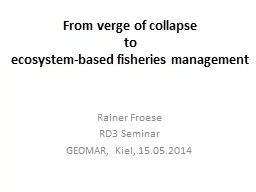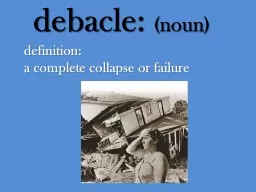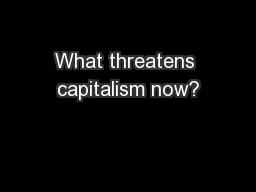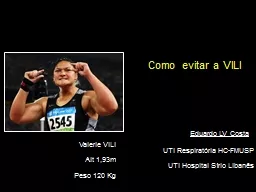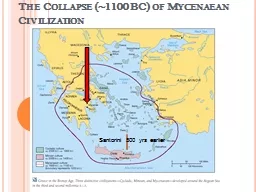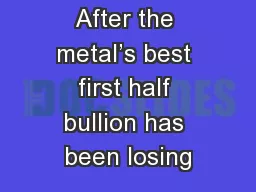PPT-From verge of collapse
Author : kittie-lecroy | Published Date : 2016-08-12
to ecosystembased fisheries management Rainer Froese RD3 Seminar GEOMAR Kiel 15052014 Overview Overview of fisheriesrelated research The reformed Common Fisheries
Presentation Embed Code
Download Presentation
Download Presentation The PPT/PDF document "From verge of collapse" is the property of its rightful owner. Permission is granted to download and print the materials on this website for personal, non-commercial use only, and to display it on your personal computer provided you do not modify the materials and that you retain all copyright notices contained in the materials. By downloading content from our website, you accept the terms of this agreement.
From verge of collapse: Transcript
Download Rules Of Document
"From verge of collapse"The content belongs to its owner. You may download and print it for personal use, without modification, and keep all copyright notices. By downloading, you agree to these terms.
Related Documents

